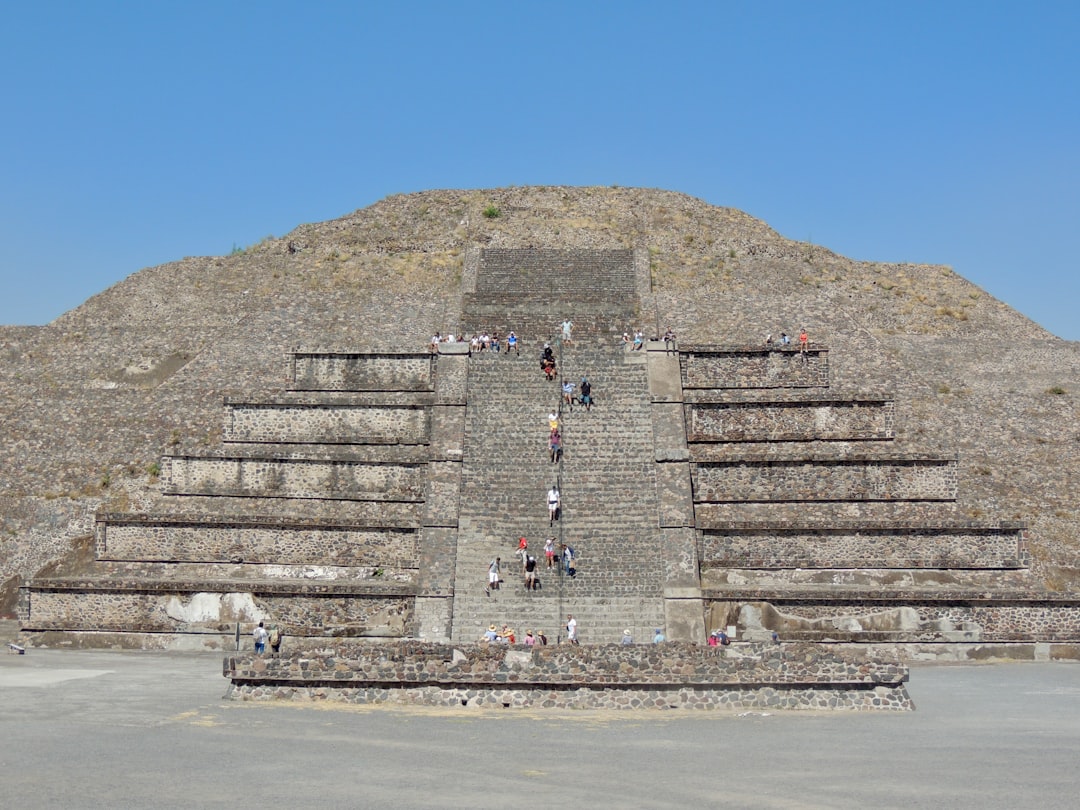What is it about?
In 1503 two Portuguese naus from Vasco da Gama's second armada to India were lost during a storm off Al Hallaniyah island, Oman. This paper describes the historical research that led to the wreck site being discovered in 1998 and the archaeological excavation of the site in the years 2013-2015. Scientific testing and analyses of the artefacts helped confirm the age and provenance of the wreckage.
Featured Image
Why is it important?
The shipwreck, believed to be Vicente Sodre's nau EMERALDA, is the earliest ship from Europe's age of discovery ever to be found and excavated by archaeologists. The wreck pre-dates the next earliest Portuguese ships by at least 30 to 50 years and thus offers great potential for new discoveries. The paper shows how cutting edge scientific methods can be used to determine the age and provenance of such an early ship.
Perspectives
The paper demonstrates the need for a multi-disciplinary approach when studying such a broad range of artefacts. Our main conclusions would not have been possible without the contribution of so many scientists and other experts, and the new technical methods that were brought to bear on the artefact assemblage.
Mr David L Mearns
Blue Water Recoveries
Read the Original
This page is a summary of: A Portuguese East Indiaman from the 1502–1503 Fleet of Vasco da Gama off Al Hallaniyah Island, Oman: an interim report, The International Journal of Nautical Archaeology, March 2016, Wiley,
DOI: 10.1111/1095-9270.12175.
You can read the full text:
Contributors
The following have contributed to this page










